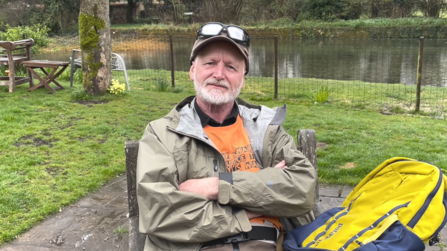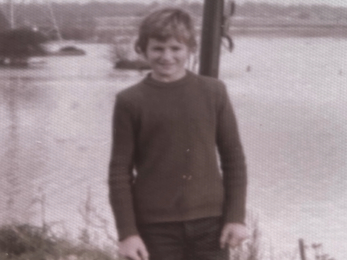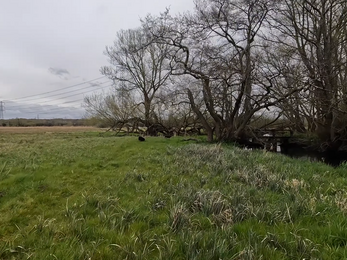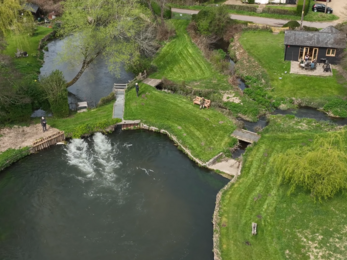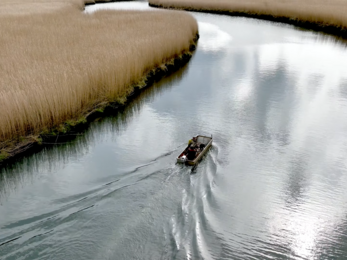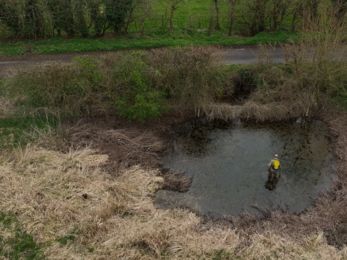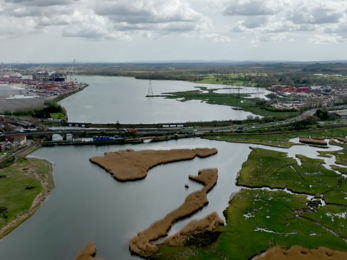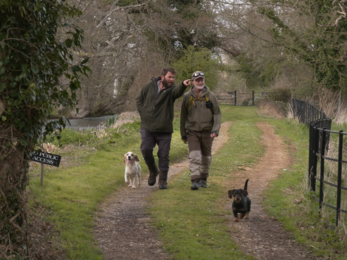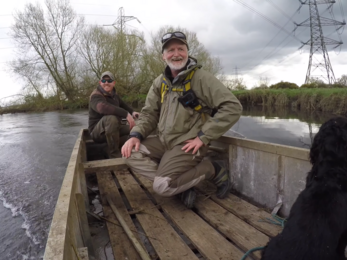My name is Martin Donovan, although everyone has always called me ‘Donny’ except my wife, who calls me all manner of names! I was lucky enough to be born in Hampshire, on the banks of what some say is the most famous trout stream in the world – the River Test – and have spent much of my life looking after it as a river keeper. I’ve been working on the top of the river at Whitchurch for around 13 years, and before that I was at Nursling for about the same length of time. Earlier still, I spent about 10 years helping Ron Holloway on the River Itchen at Martyr Worthy. So as you can imagine, for most of my life I have been somewhat… damp.
My mum and dad always told me that they found me as a new-born under some purple comfrey on the riverbank, so for much of my early youth I actually thought that I was born in the Test! I lived in Testwood near the Lower Test Nature Reserve, and with a playground like that on my doorstep I was nearly always helping, hindering, or running from river keepers. There was plenty of opportunity for a mischievous nipper to mess about on the water and in the reedbeds – a noble pastime that I still practice to this day.


